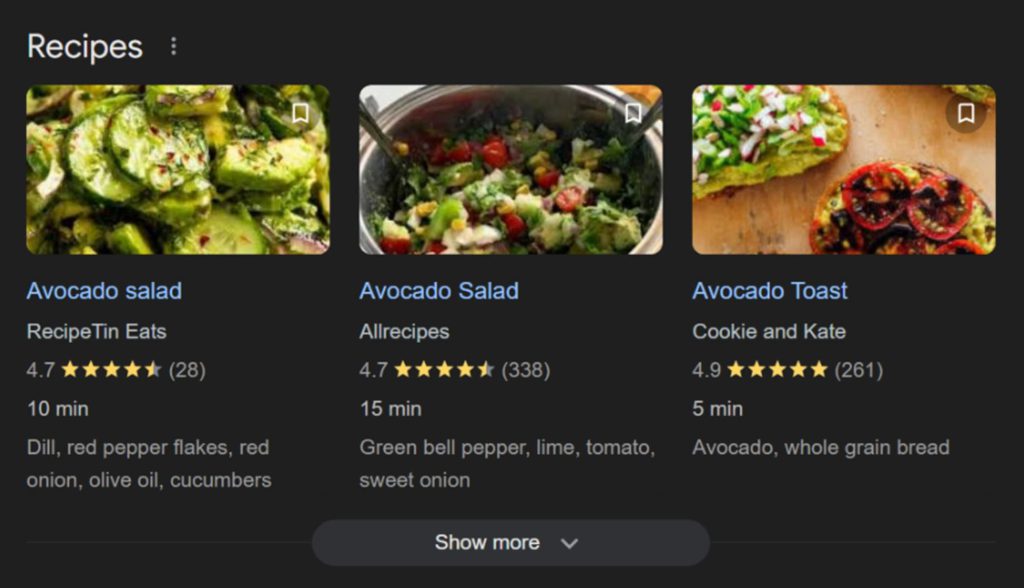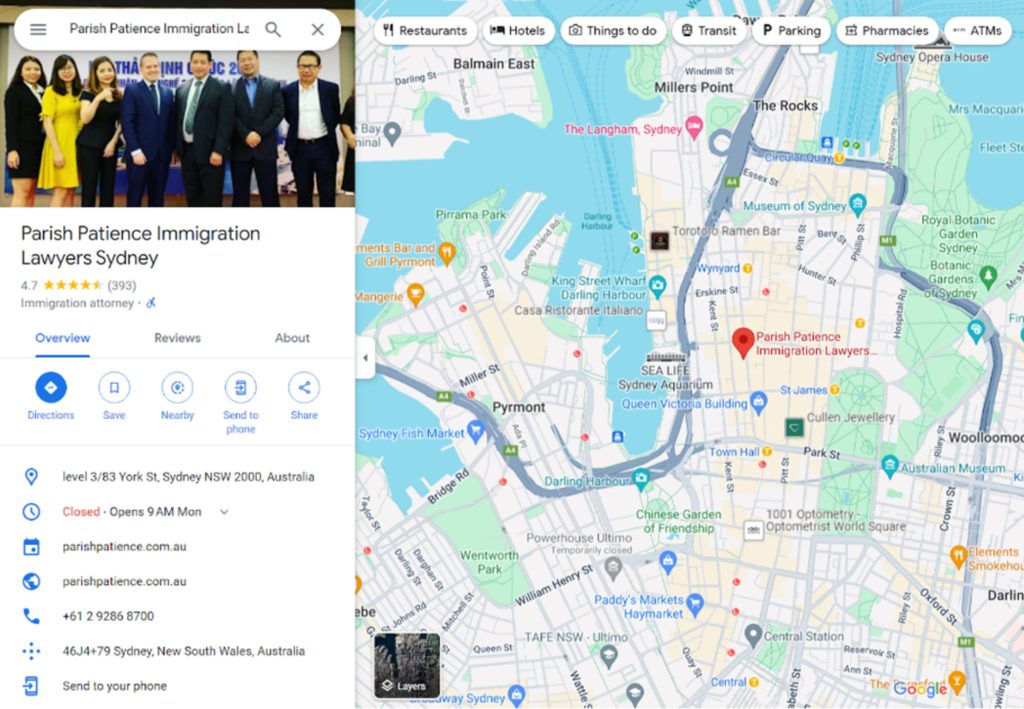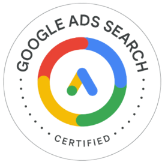If you’re just getting started with search engine optimisation (SEO), or have already soaked your feet in its waters but aren’t experiencing the results you’ve initially hoped for, you need to up your game by mastering and implementing the four pillars of SEO.
These are the key areas you need to focus on to supercharge your site’s visibility and performance.

The four SEO pillars are:
Each pillar plays an indispensable role in making your site attractive to both humans and search engines.
Let’s explore these four SEO pillars more in detail. Mastering them enables you to have a clear roadmap in
enhancing your SEO campaign and drive more relevant and quality traffic to your website.
Let’s go!

At its core, technical SEO takes good care of back-end elements to make your website ‘crawlable’ and ‘indexable’ by search engine bots.
The technical aspects of your website structure include the following.
Have you ever clicked on a website that took ages to load? Annoying for sure.
Site speed is a critical ranking factor. A slow site can drive users away and hurt your overall SEO. Use tools such as Google PageSpeed Insights to identify and fix pagespeed issues.
Compressing images, browser caching, reducing redirects, and minimising CSS and JavaScript are just a few of the ways you can boost your site speed.
With more than half of global web traffic coming from mobile devices, having a mobile-friendly site is a necessity.
Google’s mobile-first indexing also means it predominantly uses the mobile version of your site for ranking and indexing purposes.
This makes it highly necessary that your site is responsive and provides a smooth experience on mobile and all other devices.
Your website must be easily navigable by visitors wanting to find some information or buy something. It
essentially means providing a great user experience.
It involves having clear digital ‘signposts’ and a well-organised layout that guides your visitors smoothly from one section to another without getting lost or frustrated.
Also, Google and other search engines love websites that are user-friendly. If they can easily crawl your site and find all the important pages without hitting dead ends or confusing paths, it’s more likely to rank your site higher.
Use clear menus, breadcrumbs (those little links that show your path through the site), and logical page
hierarchies to identify and organise related pieces of content.
On-page search engine optimization is the art (and science) of optimising individual web pages to rank higher and earn more relevant traffic.
It’s the fine-tuning process that makes your content shine and stand out in the vast sea that is the internet.
Optimising your web pages ensures they are attractive to both search engines and users. This optimisation process is crucial for improving your site’s visibility and relevance, directly impacting your rankings and user engagement.
A highly effective SEO strategy onsite comprises satisfying these core elements, namely:
It all begins with finding the right keywords in line with your industry.
These are the terms and phrases your audience uses to search for specific information. For example, a person looking to hire an electrician in Sydney may enter ‘electrician near me’ or ‘electrician sydney’ on Google.
Note that these are actual keywords with high monthly search volume of 22,200 and 1,300, respectively (SEMrush).
Once you’re able to find the most relevant search terms your target audience uses, you can then strategically insert these keywords into every content you will create.
Remember to integrate these keywords NATURALLY into your web pages. Keyword stuffing, or over-optimising keywords by mentioning them and their variations in the same paragraph to manipulate search rankings, is a BIG NO.
Your title tag is the first thing users see in the search engine results. It looks like this:

It’s basically your headline. Your attention-grabber.
A good title tag includes your primary keyword, ideally placed towards the beginning. Keep it under 60 characters to ensure it displays fully in search results for both mobile and desktop users.
Meta descriptions don’t directly impact rankings, but they do influence click-through rates.
Just like in your title tag, you should craft a persuasive meta description that includes your primary target keyword and clearly describes what users can expect from your page.

PRO TIP: Use Rank Math. It’s a free WordPress SEO meta tag analyser that helps determine whether a page title tag or a meta description fits in both desktop and mobile screens without resulting in an ellipsis (…).
Notably, your H1 or Heading 1 is different from the title tag, but must similarly include the main keyword as your main headline.
Header tags help make your content more structured and organised.
Use H2 and H3 tags to break down your content into digestible sections and incorporate relevant keywords naturally.
Notably, your H1 or Heading 1 is different from the title tag, but must similarly include the main keyword as your main headline.
Header tags help make your content more structured and organised.
Use H2 and H3 tags to break down your content into digestible sections and incorporate relevant keywords naturally.
Internal links are hyperlinks that connect one page on your website to another page within the same site.
These links help search engine crawlers understand the structure of your site and distribute link equity. Importantly, they keep users engaged by guiding them to a related content that they may also be interested in reading further.
BEST PRACTICE: Use descriptive anchor text and link to relevant pages within your site to enhance user experience and boost traffic.
A pure-text page is dull and boring.
Images make your content more interesting and appealing to read. However, it can slow down your site if not optimised.
As such, it’s ideal to use descriptive, keyword-rich file names and alt text for your images.
For example, a good alternative text or file name for a picture of a dog should read like this:
In addition, it’s best to compress images to reduce file size without compromising quality.
Your web address or URL should be SEO-friendly too.
It must tell both users and search engines the context of what your page or content is about.
Keep your URLs relatively short and include the main target keyword.

Enable rich snippets of your content in search results by adding structured data or code to your website’s HTML.
Users are more likely to click on a page that features more detailed information and encourages them to read further and explore.
You can add reviews, information about your ecommerce product, or a local business markup showcasing your GMB profile for local customers to see.
Below is a good example of a schema markup, where searchers are able to see an avocado recipe with details including cook time, user ratings, and main ingredients.

Regarded by many as the hardest part of SEO, off-site SEO is the process of building your website authority and trust through activities that occur outside your own site.
These efforts help search engines perceive your site as credible and valuable, influencing your rankings.
While on-page SEO ensures your site is optimised and user-friendly, this SEO pillar builds the authority and trust needed to compete in the search engine results pages or SERPs.
Masterfully ace off-site search engine optimisation by equally prioritising its components:
Backlinks, or inbound links, are links from other websites to yours. They’re a strong indicator of your site’s authority and relevance. Focus on acquiring high-quality backlinks from reputable sites.
Quality practically outweighs quantity here.
A few links from authoritative sites are far more valuable than numerous links from low-quality sites. In fact, the latter may even be viewed as spammy, irrelevant, and manipulative.
Guest blogging is among the most popular forms of link building, where you create content for a different website – in the same industry – in exchange for a link.
Other link acquisition methods you can use include:
If you have a physical office and you want to attract more nearby customers or clients, local SEO helps you capture them by prioritising your local web presence.
This involves optimising your Google My Business (GMB) profile, where users can see more information about your business, such as your contact details, operating hours, and customer reviews.

Local businesses, from law firms, dental clinics, and cafés can utilise SEO to boost foot traffic and enhance their web visibility in the Local Pack.
You’ve likely heard the popular phrase ‘content is king.’ In SEO, content definitely reigns supreme as it is what attracts, engages, and retains your audience while providing the value and relevance search engines look for.
Creating and optimising high-quality content is essential for building topical expertise, driving traffic, and
improving search engine rankings.
Your SEO checklist for content creation shall include:
The major first step to creating content that ranks and is relevant to your target audience is building a digital marketing strategy. It should align with your SEO goals and address your audience’s needs and desires.
Start by defining your target audience and understanding their pain points, interests, and search behaviours. Plan your content around these insights to ensure relevancy and better engagement.
Creating high-quality content comprises thorough research, clear writing, and a focus on user intent. Ensure your content is:
Crafting a well-written content that will resonate to human readers isn’t enough. You should be able to convince search engines that your content is highly relevant as well.
This is where the abovementioned on-page elements come in, where you will need to incorporate the exact keywords and their variations, use relevant title and meta tags, include appropriate images, and add internal links.
Creating great content is just the beginning. Ensure you reach a much broader audience by having your contents published in different digital channels.
Aside from your own website, promote your content and attract more leads through the following:
Need a marketing agency to help you expertly implement the four pillars of SEO into your digital campaign?
Since 2013, Domain Bird is a results-focused SEO agency that has assisted Australian businesses big and small in boosting their online growth and profitability through organic search.
To get started, grab our free SEO audit where our top strategist takes a comprehensive checkup of your site’s health and provides savvy recommendations for your sustainable online success.
If you want not just heaps of traffic but actual leads and sales, we’re the right experts to call for professional SEO services. Get in touch with us today by calling +61 1300 783 962 or submit an enquiry through our contact form.
Working with a trusted full service digital marketing agency Australia has to give can help you hit your two main targets: getting your business found online and increasing your profitability.
Get in touch with us. We’ll tell you how it’s done.



